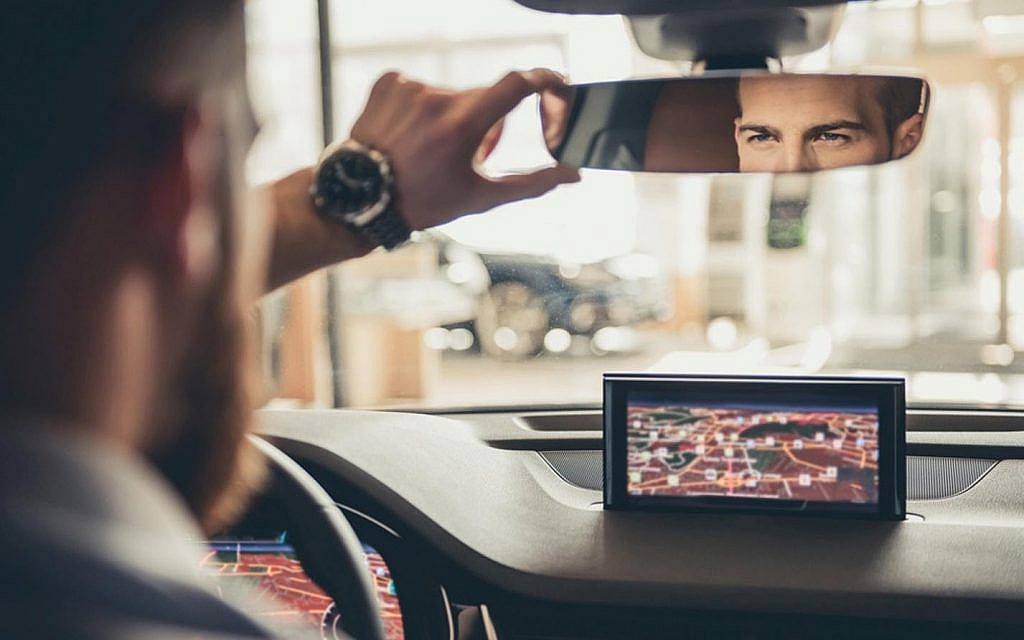What Is Spatial Awareness in Driving and How Can You Improve It?
Spatial awareness is a crucial skill for a safe and optimal driving experience. It allows drivers to judge distances, maintain lane discipline and avoid obstacles. Whether you’re a new driver or looking to refine your skills, learning about tips for spatial awareness for driving can be significantly resourceful. Here are some key spatial awareness driving tips and tricks to help you drive safely and confidently.
Understanding the Importance of Spatial Awareness for Driving
Spatial awareness in driving refers to the ability to recognise your vehicle’s position concerning its surroundings. Good spatial awareness ensures smooth lane changes, precise parking and accident avoidance. Lack of spatial awareness can lead to close calls, difficulty in manoeuvring tight spaces or even collisions. These are among the key tips for new drivers, which can help them get their basics right.
Tips for Spatial Awareness for Driving
Here are some key pointers guiding you on how to improve spatial awareness for driving.
Practice Depth Perception
Depth perception helps you judge distances accurately, making it essential for braking and maintaining a safe following distance. To improve this:
- Practice estimating distances between objects and verifying them.
- Use reference points like road markers to gauge how far other vehicles are.
- Consider vision exercises to strengthen your perception skills.
Use Car Mirrors Effectively

Proper use of mirrors is vital for maintaining awareness of your surroundings. Follow these spatial awareness driving tips:
- Adjust your car mirrors for maximum visibility.
- Frequently check mirrors while driving, especially before lane changes.
- Be aware of blind spots and perform shoulder checks when necessary.
Enhance Peripheral Vision
A strong peripheral vision helps in spotting vehicles, pedestrians and cyclists without head or eye movement. Improve your peripheral awareness by:
- Practising eye exercises that expand your field of vision.
- Avoiding distractions that reduce your ability to scan the road.
- Keeping your eyes moving instead of fixating on one spot.
Note that good eyesight is one of the key medical requirements by RTA for motorists. The authorities ensure that the driver is medically fit. It is essential for the safety of passengers and others on the road.
Develop a Better Sense of Vehicle Dimensions

Knowing the size and proportions of your car aids in parking, manoeuvring and avoiding obstacles. Here’s how you can improve in understanding your car dimensions:
- Park in different spots to gain familiarity with your vehicle’s dimensions.
- Use parking sensors and backup cameras as learning tools, not crutches.
- Drive through narrow streets and practice tight turns in a safe environment.
Adding to the convenience of drivers, many cars now come equipped with 360-degree cameras, giving all-angle views.
Improve Reaction Time
Quick reflexes help in responding to sudden obstacles or road changes. Enhance your reaction time by:
- Engaging in activities that boost hand-eye coordination, such as sports or video games.
- Staying alert and avoiding fatigue while driving.
- Maintaining a proper driving posture for better control and visibility.
Master Defensive Driving Techniques

Defensive driving involves anticipating potential hazards and maintaining a safe driving space. Some essential techniques include:
- Keeping a safe following distance from other vehicles.
- Scanning the road ahead to anticipate potential hazards.
- Being mindful of pedestrians, cyclists and unpredictable road users.
Practice in Different Driving Conditions
Improving spatial awareness for driving requires exposure to various environments, including:
- Highways for high-speed navigation. However, follow all the necessary highway driving tips to ensure safety.
- City streets for tight turns and heavy traffic awareness.
- Parking lots for practising precise vehicle control.
- Nighttime or adverse weather conditions to sharpen adaptability.
FAQs
How do ADAS features assist drivers?
From lane assist to adaptive cruise control, ADAS features aid drivers in myriad ways.
What advanced features can aid drivers in spatial awareness?
The incorporation of artificial intelligence in cars aids drivers in myriad ways. With the help of sensors and advanced computing mechanisms, AI can timely detect obstacles and hazards. Such advancements add to the spatial awareness capabilities of drivers.
How do I improve my spatial awareness?
Practice depth perception, use mirrors effectively, enhance peripheral vision and regularly drive in varied conditions. Off-roading enthusiasts can drive around exploring different types of off-roading terrains to improve their spatial awareness.
Can a driver use the same spatial awareness techniques for all cars?
The basics remain the same. However, advanced spatial awareness tactics may vary from car to car, depending on its size and vehicle body type.
Developing a strong command of spatial awareness while driving takes practice and consistent effort. By following the aforementioned tips and tricks for spatial awareness for driving, you can enhance your driving skills. As a result, you can better judge distances to navigate safely and effectively tackle a road emergency as well. Such skills can be applied to different types of driving techniques for an optimal experience.
Many new cars for sale in the UAE come with advanced driving and safety features. However, with all such technologies, spatial awareness is crucial as well for a skilled driver.
For more tips for spatial awareness for driving and updates on new automotive technologies, keep following UAE’s leading auto blog.
Comments
Post a Comment